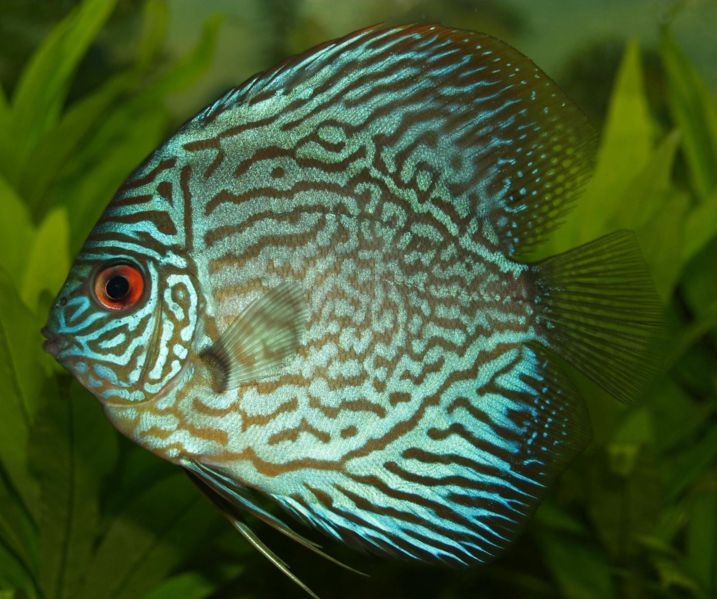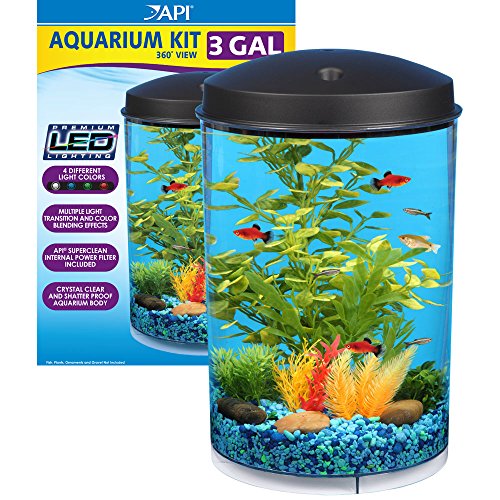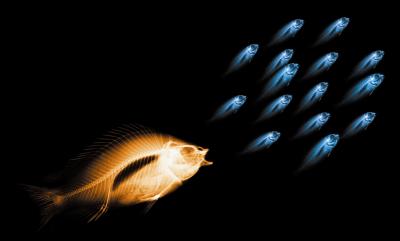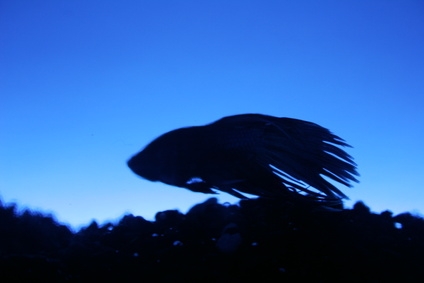Reptiles are vertebrates of the taxonomic class Reptilia including animals such as snakes and lizards, turtles and tortoises, and crocodilians. Commonly called "cold-blooded," reptiles are ectotherms, meaning they are unable to regulate their own body temperature and are instead influenced by the temperature of their surroundings.However, the name "cold blooded" is a misnomer, because reptiles can maintain high body temperatures by relying on external sources of heat . Reptiles are more resilient to losing water than amphibians because they have dry, scaly skin. So unlike amphibians which avoid direct sun, reptiles use sunlight and shadow alternately to adjust their body temperature.Reptiles breathe oxygen from the air and their skin is covered in scales or scutes. Reptiles are found on all continents except for Antarctica , although their main distribution comprises the tropics and subtropics . Reptiles don't have a constant body temperature.
Reptiles have scaly skin that keeps their bodies from drying out, their young do not go through a larva stage like amphibians, but instead look like small versions of the adults when they hatch. Reptiles are ectotherms, so they must bask in the sun or find a warm spot to get warm and become active, and they must find shade or a cool spot to cool off. Reptiles are cold-blooded creatures, meaning they are incapable of maintaining a consistent body temperature on their own. They rely on the things around them to warm up or cool down. Reptiles are also found in aquatic biomes.
Reptiles are popular pets with many families. Small reptiles like turtles, iguanas, snakes, geckos, horned toads, and chameleons are colorful, quiet, and often kept as caged pets. Reptiles are quite likely to shed these bacteria in their feces and a growing number of Salmonella infections each year can be traced to pet reptiles. Most, if not all, reptiles carry Salmonella in their gut and occasionally shed them in their feces, yet the bacteria do not usually cause illness in reptiles. Reptiles include snakes, lizards, turtles, tortoises, crocodiles, and alligators. Most reptiles hatch from eggs.
Reptiles are somewhat more mobile and have a greater ability to withstand the expected dryer and warmer conditions However, because key habitats and species ranges have already been altered and fragmented by human use and development, the physical pathways to connect animals with suitable habitats may not exist. Reptiles are covered by scales, mammals by hair; reptiles are cold-blooded, mammals warm-blooded, reptiles do not suckle their young, mammals have mammary glands; reptiles have sprawling posture, mammals have upright posture. Most of these features are soft part anatomy or physiology that very rarely fossilize. Reptiles are grouped into turtles, crocodiles, and snakes and lizards.Reptiles with amniotic eggs and scales covering their bodies. A highly diverse group, Reptiles are a lot different compared to amphibians. Even the egg structure is a lot different. Reptiles are among the longest-lived species on the planet. For example, large tortoises such as the Aldabra tortoise can live for more than 150 years.
Amphibians are critical to a healthy natural world. They play an important role in the food web as both predator and prey. Amphibians are a unique animal that can metamorphose from an aquatic animal with gills to a terrestrial, cold-blooded animal with lungs (except the lungless salamander). But that uniqueness doesn't stop there. Amphibians are no longer present in some areas where they were recently abundant, including relatively pristine, undisturbed habitats. This is occurring in many areas of the world.
Amphibians are the evolutionary step that happened when animals left the oceans and lakes and came on to land. Some fish (lungfish) can survive out of the water for a while, but amphibians were designed for it. Amphibians are present in all habitats and under all hydrologic regimes in the Everglades.
Amphibians are animals that have two life stages: a larval, aquatic form and an adult, terrestrial form. This is the difference between a tadpole and a frog. Amphibians are cold-blooded vertebrates that are adapted to live on both land and water. The ancestors of these animals were the early amphibians, who are believed to have appeared on Earth during the Devonian period. Amphibians are the earliest known tetrapods. They were the first animals with backbones (vertebrates) to go from living in water to living on land.
Amphibians are entirely absent from marine environments. Amphibians are good indicators of environmental health. They live in both land and water environments and are the first animals to be affected by environmental change. Amphibians are dependent for their survival on a plentiful supply of fresh water that is free of chemical contaminants and harmful microbes.

 What to Do About Bully Fish in an Aquarium?
What to Do About Bully Fish in an Aquarium?
What to Do About Bully Fish in an Aquarium?
What to Do About Bully Fish in an Aquarium?
 How to Not Kill your Fighting Fish
A little over a year ago, my
How to Not Kill your Fighting Fish
A little over a year ago, my
 How to Choose Fish for Mini Aquariums
How to Choose Fish for Mini Aquariums
How to Choose Fish for Mini Aquariums
How to Choose Fish for Mini Aquariums
 How to Tell a Male Betta From a Female Betta
How to Tell a Male Betta From a Female Betta
How to Tell a Male Betta From a Female Betta
How to Tell a Male Betta From a Female Betta
 What Causes Fish to Die in a Pond?
What Causes Fish to Die in a Pond?
Wha
What Causes Fish to Die in a Pond?
What Causes Fish to Die in a Pond?
Wha